In the animal kingdom, parental care varies greatly among species, with some parents going to great lengths to nurture and protect their young. However, some species take a different approach, leaving their offspring to fend for themselves right from birth. This survival strategy might seem harsh from a human perspective, but it’s a natural and effective way for certain animals to ensure their young’s survival.
1. Sea Turtles: A Solo Voyage Begins
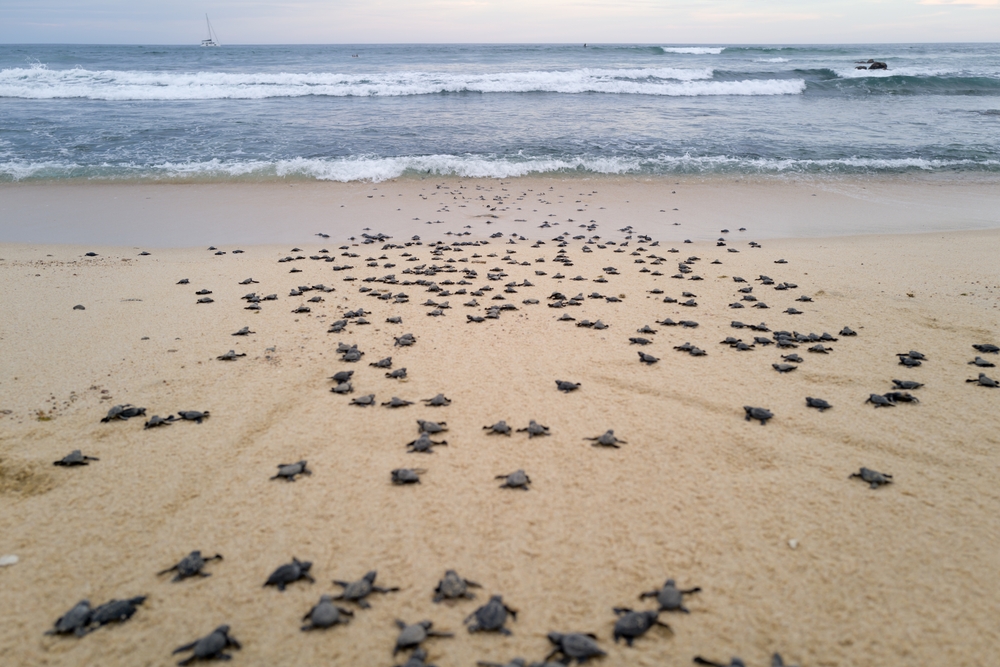
Sea turtles are a classic example of animals that rely on instinct rather than parental care. After the female sea turtle lays her eggs on a sandy beach, she covers them with sand and returns to the ocean, leaving the eggs unattended. The hatchlings emerge from their nests weeks later, embarking on a perilous journey to the sea. During this journey, they face numerous threats, including predators and environmental challenges. According to National Geographic only a small percentage of hatchlings survive to adulthood. This hands-off approach may seem risky, but it ensures that the mother doesn’t draw predators to the nest, giving the young turtles a fighting chance.
Once in the ocean, the baby sea turtles are on their own, relying on their innate navigation skills to find food and evade predators. This solitary start prepares them for the independent life that lies ahead. By not investing time and energy in raising their young, female sea turtles can focus on laying more eggs and increasing the overall chances of species survival. While it may seem like a lonely beginning, this strategy has been successful for sea turtles for millions of years.
2. Crocodiles: A Watchful Eye, But No Intervention
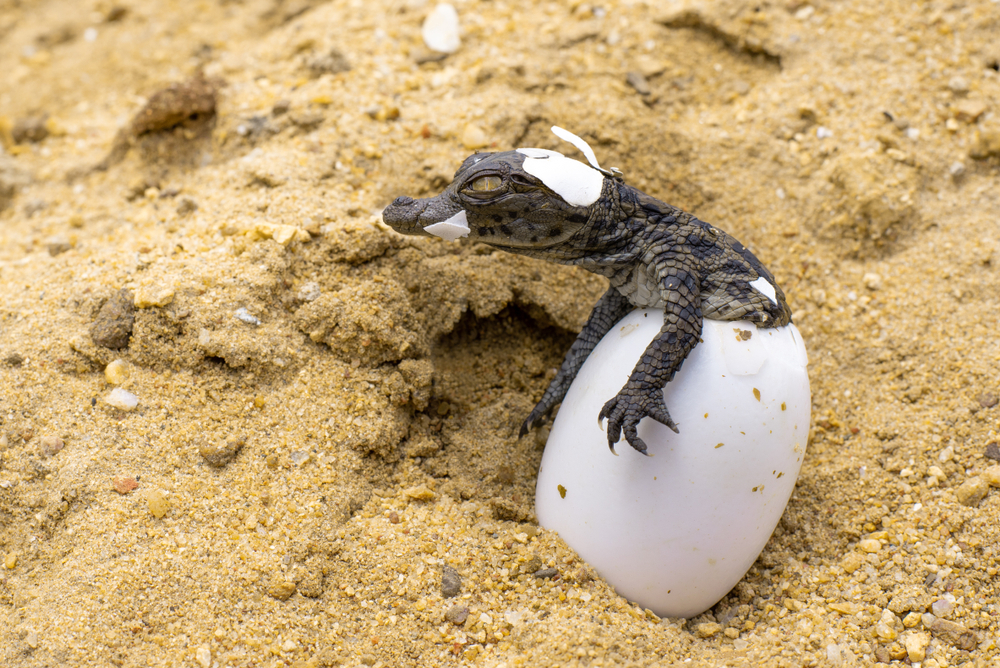
Crocodiles exhibit a unique approach when it comes to their young. While female crocodiles have a reputation for being good mothers and putting effort into guarding their nests, once the eggs hatch, the level of care varies greatly, according to Discover Magazine. The mother may help her hatchlings reach the water by carrying them in her mouth, but the young crocodiles are left to fend for themselves. This hands-off approach allows young crocodiles to learn essential survival skills quickly. The mother’s absence forces the hatchlings to rely on their instincts, vital for their wild development.
Once in the water, the young crocodiles face the challenge of finding food and avoiding predators without any guidance. Despite being on their own, they are equipped with the necessary skills to adapt and survive in their environment. It’s a tough start, but this method of rearing ensures that only the strongest and most adaptable individuals reach maturity. This strategy has allowed crocodile species to thrive for millions of years, highlighting the effectiveness of their unique parental approach.
3. Snakes: Born to Be Wild
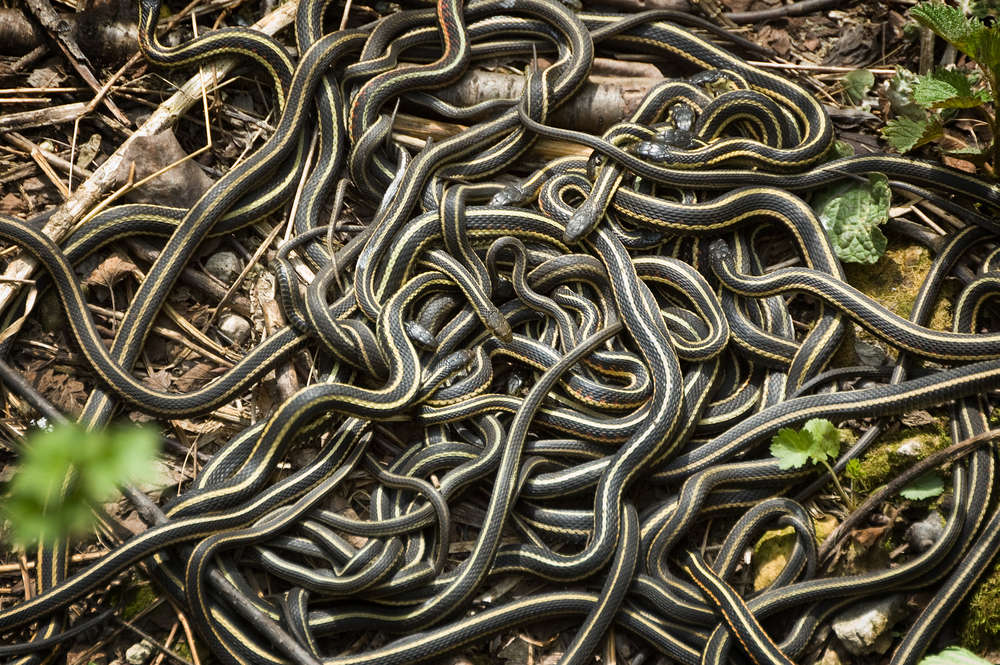
Snakes are another group of reptiles that leave their young to face the world independently right after birth. Most female snakes will lay their eggs in a safe location and then abandon them, leaving the young to hatch and find their way without any assistance. Some species, like the rattlesnake, give birth to live young, but still, the newborns are left to find their footing from the moment they’re born, according to the Smithsonian Magazine. This lack of parental involvement is compensated by the young snakes being born fully equipped with the instincts and abilities needed for survival.
From the onset, these young serpents must navigate their environment, find food, and avoid becoming prey themselves. Despite their vulnerable start, snakes are incredibly resilient and adaptable creatures. The absence of parental care encourages rapid development of their hunting and survival skills. This strategy might seem harsh, but it has been effective for countless snake species, allowing them to thrive in a variety of habitats across the globe.
4. Amphibians: Hop, Skip, and Jump into Independence
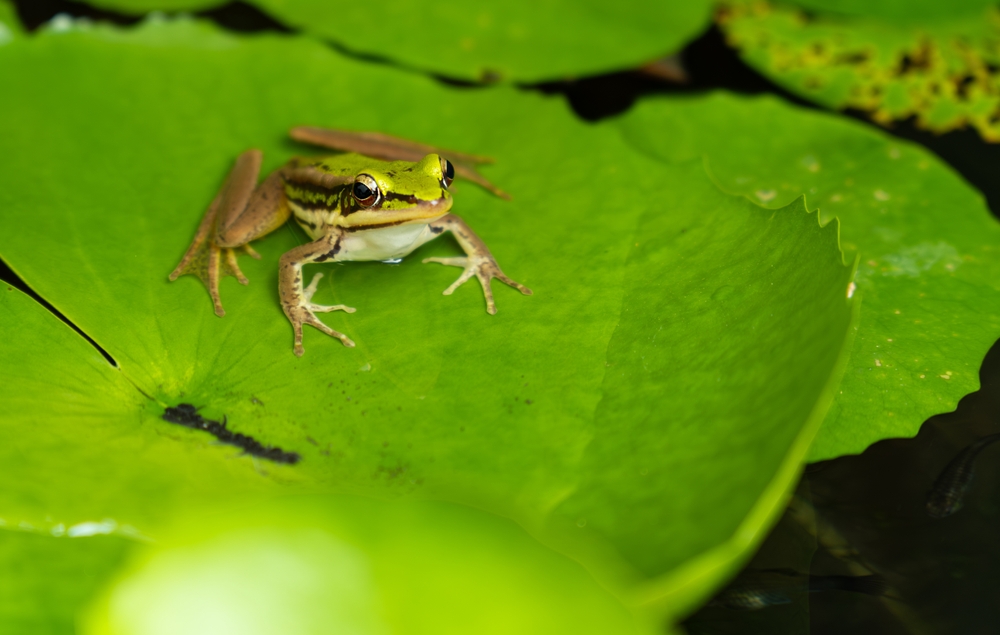
Amphibians, such as frogs and toads, provide a fascinating example of early independence in the animal world. Typically, these creatures lay a large number of eggs in water, leaving them to develop on their own. Once the eggs hatch, the larvae, commonly known as tadpoles, face the challenge of growing up without any parental assistance. They must navigate their aquatic environment, find food, and avoid predation, all while undergoing significant metamorphosis into their adult form.
During this vulnerable stage, the survival of amphibians depends heavily on their ability to adapt quickly to their surroundings. The absence of parental care pushes them to develop survival skills rapidly, which is crucial for their transition from tadpole to adult. By the time they reach maturity, these amphibians have already learned how to survive on their own, making them highly resilient creatures. This strategy ensures that only the fittest individuals survive, contributing to the overall health and continuation of the species.
5. Insects: Nature’s Little Survivors
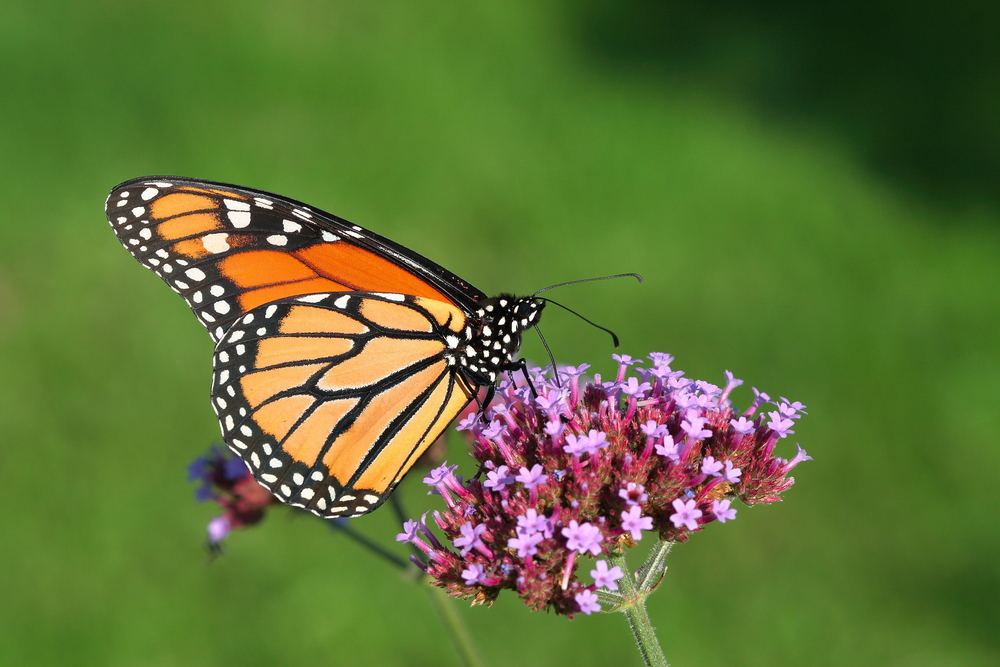
Insects are perhaps the most prolific example of creatures that leave their offspring to manage on their own from birth. Many insect species lay hundreds or thousands of eggs, ensuring at least some will survive to adulthood without requiring parental care. Once hatched, these tiny creatures must immediately fend for themselves in a dangerous world. Their survival relies heavily on their ability to rapidly find food and avoid predators, which they achieve through innate behavior and rapid development.
For insects like butterflies and beetles, the lack of parental involvement doesn’t hinder their chances of survival. Instead, it encourages a more diverse gene pool, as only the strongest and most adapted individuals survive to reproduce. This hands-off approach has allowed insects to become one of the most diverse and successful groups of animals on the planet. Despite their vulnerable beginnings, insects are master survivors, capable of thriving in nearly every environment on Earth.
6. Fish: Swim to Survive
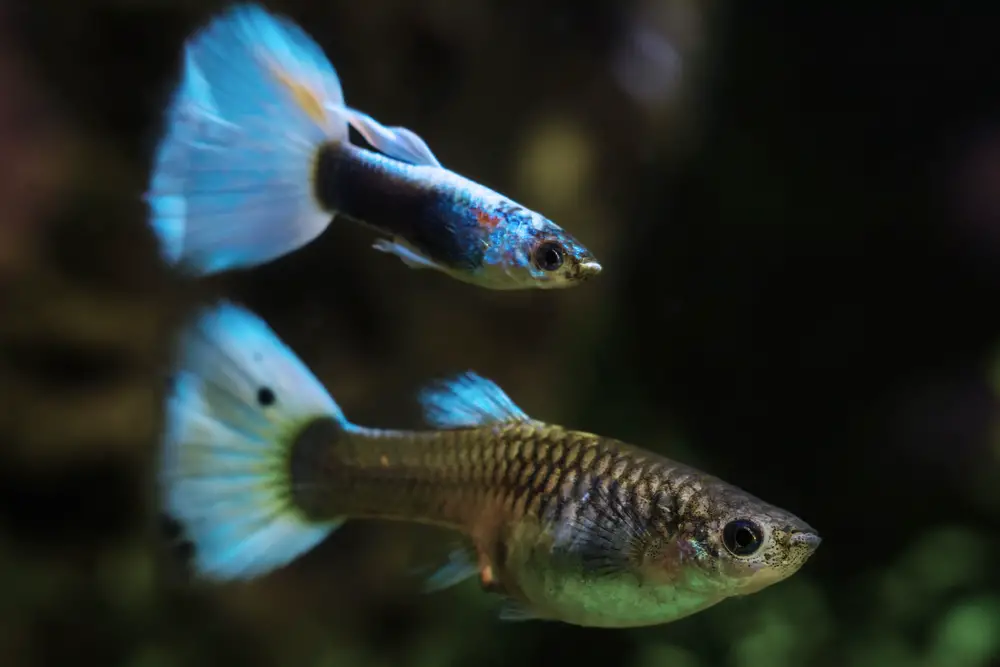
Fish, particularly those that spawn in open waters, leave their young to survive without intervention. A female fish can lay thousands of eggs at once, scattering them in hopes that a few will survive the plethora of dangers they face. These eggs usually drift in the water, hatching into larvae that must immediately begin the struggle for survival. From the moment they hatch, young fish are at risk from predators and must rely on their wits and speed to evade being eaten.
In the vast and often perilous ocean or river environment, these young fish quickly learn to adapt. They must find food and safe spaces to grow with very little guidance beyond their instincts. This strategy, while seemingly harsh, ensures that at least some of the offspring will survive to adulthood, allowing for the continuation of the species. It’s a numbers game, but one that has proven successful for countless fish species over millions of years.
7. Sharks: Born to be Predators
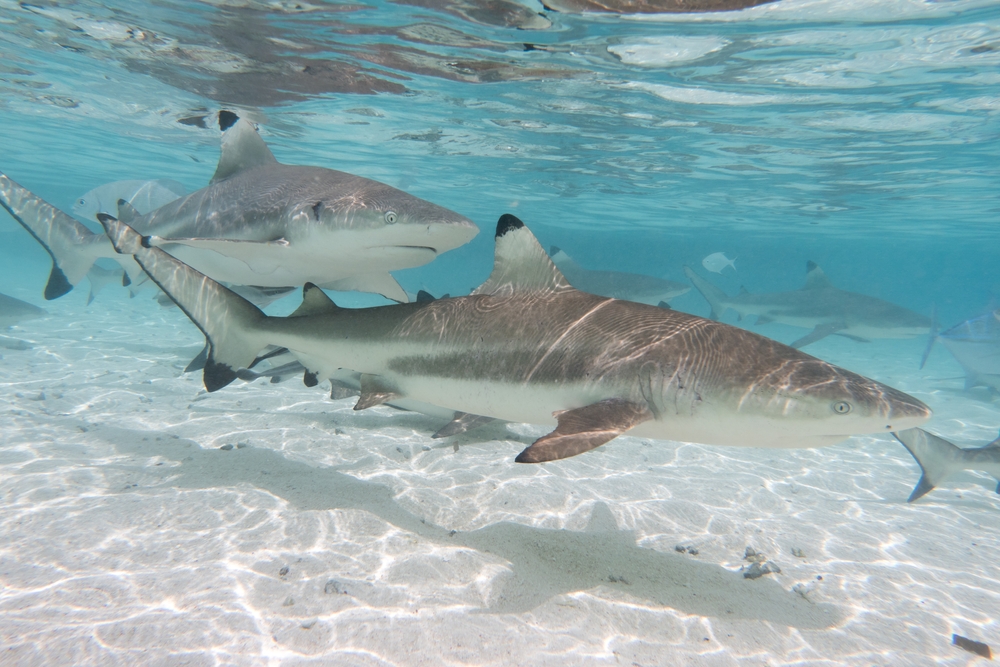
Sharks, one of the ocean’s top predators, are also known for their solitary approach to parenting. Many shark species give birth to live young, or “pups,” but from the moment they are born, these pups are left to survive on their own. As soon as they enter the water, they must fend for themselves, finding food and avoiding larger predators. This independent start is crucial for sharks, as it ensures that only the most capable individuals survive to maturity.
The lack of parental involvement forces shark pups to hone their predatory skills early, which is essential for their survival. Despite being on their own, they are born with a suite of instincts and adaptations that help them navigate the challenges of their environment. This approach has allowed sharks to remain one of the most successful and dominant predators in the ocean. It’s a testament to their evolutionary success, highlighting the effectiveness of their solitary start.
8. Lizards: Little Survivors in a Big World
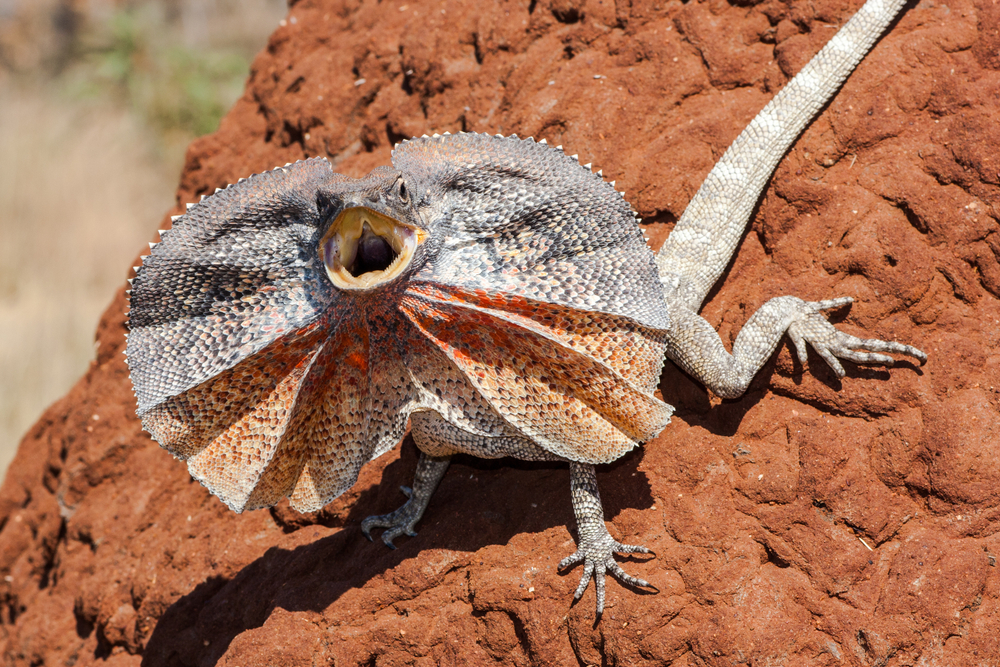
Lizards, especially those in desert environments, often employ a strategy of minimal parental involvement. Once the eggs are laid, the mother lizard typically leaves them buried in the sand or hidden in foliage, never to return. The hatchlings emerge fully independent, tasked with finding food and shelter in often harsh environments. Their survival is a testament to their adaptability and instinctual behavior.
From the moment they hatch, young lizards must avoid predators and learn to forage for food. This self-reliance is crucial for their development, preparing them for the challenges of adult life. By not investing energy in raising their young, female lizards can focus on producing multiple clutches of eggs each season. This approach increases the likelihood that at least some of their offspring will survive to adulthood, ensuring the continuation of the species.
9. Octopuses: A Brief But Intense Parenting Period
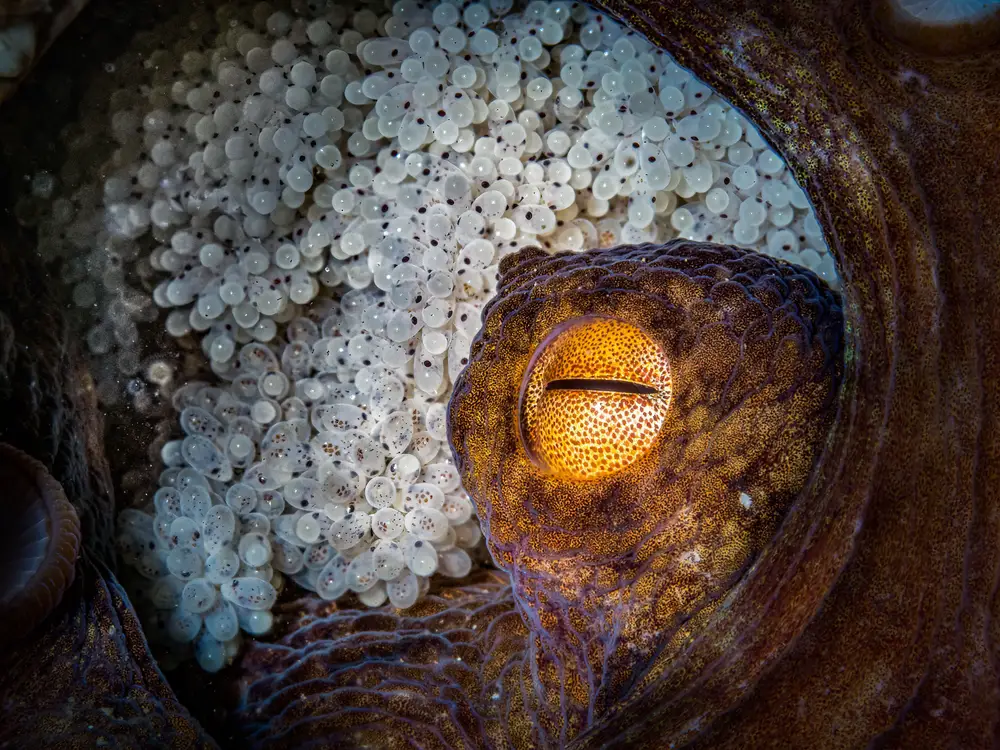
Octopuses are known for their remarkable intelligence and complex behaviors, but their parenting style is surprisingly brief. After laying thousands of eggs, the female octopus spends weeks guarding and caring for them without eating. Once the eggs hatch, however, the tiny octopuses are left to navigate the ocean alone. The female typically dies shortly after the eggs hatch, leaving the young with no parental guidance.
Despite this lack of post-hatching care, young octopuses are equipped with the necessary skills and instincts to survive. They must quickly learn to find food and avoid predators in the vast and often dangerous ocean. This challenging start forces them to develop their problem-solving and survival skills early in life. While it may seem like a harsh start, this strategy has allowed octopus species to thrive in diverse marine environments worldwide.
10. Rabbits: A Quick Exit from the Nest
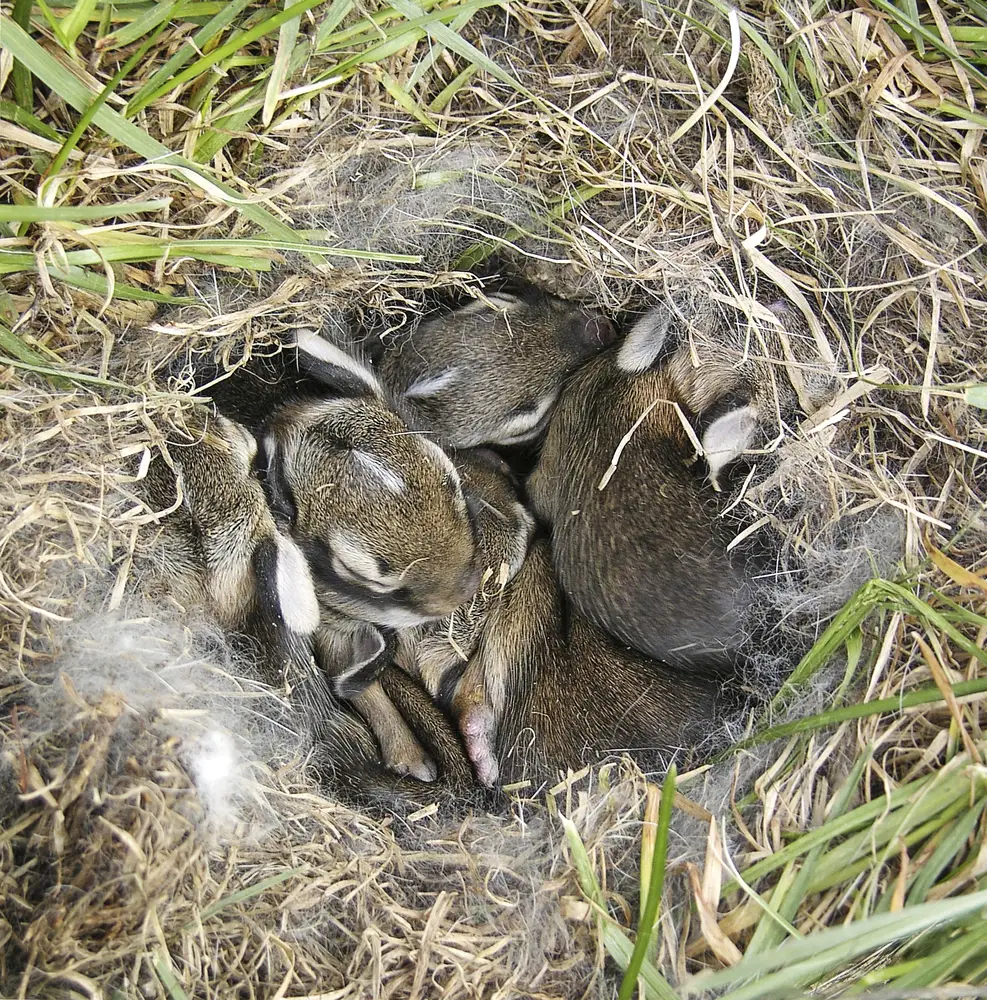
Rabbits are known for their rapid reproduction rate, and part of their strategy involves minimal parental care. After giving birth, the mother rabbit visits the nest only briefly to nurse her young, often for just a few minutes a day. Within a few weeks, the young rabbits, or kits, are weaned and ready to leave the nest. They quickly learn to fend for themselves, finding food and avoiding predators.
This early independence is essential for rabbits, as it allows the mother to focus on producing more offspring. The lack of prolonged parental care encourages rapid development and self-reliance in the young rabbits. Despite their vulnerable start, rabbits are resilient creatures, capable of thriving in a variety of environments. This strategy ensures that at least some of the offspring survive to adulthood, contributing to the species’ rapid population growth.
